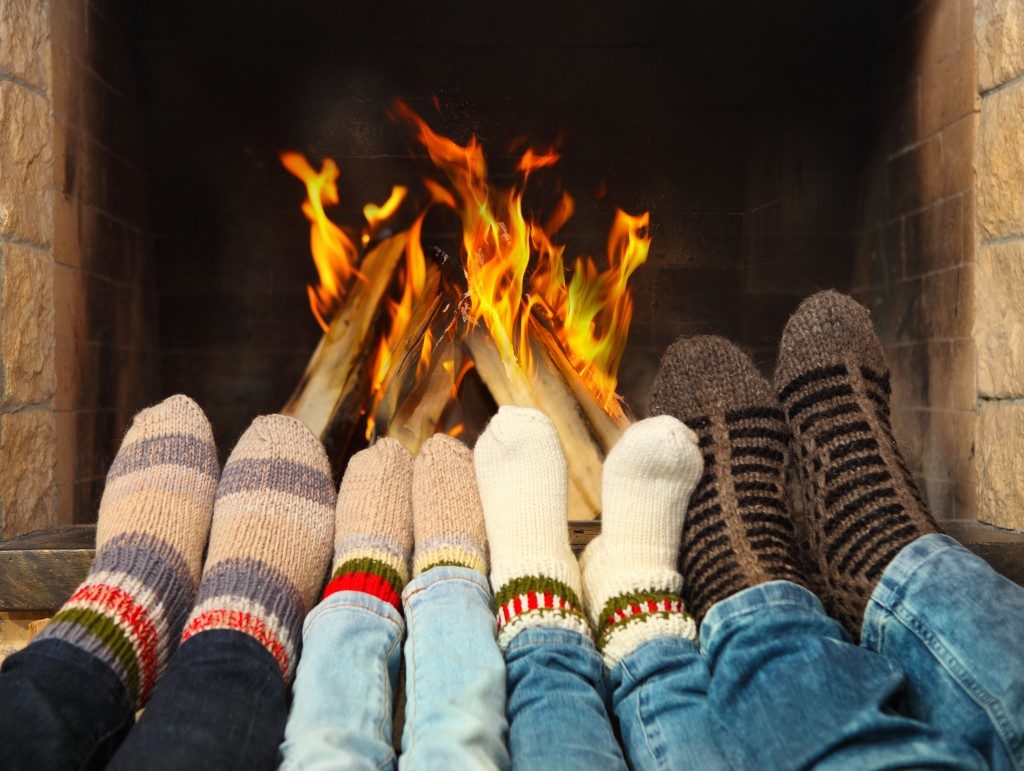When you’re settling down in Utah, the cold winters are something you’ll want to bear in mind as you plan and build your new home. Of course, you can always turn to standard heating solutions when you’ve already built the house or are moving to an existing property. Still, chances are these will require additional investment or energy consumption.
There are several factors you can work with and turn in your favor while building a house. Do a bit of research or check with locals, so that you know just how cold it can get in your area, and how much snowfall to expect, for example. Here are some considerations:
Passive heating
While you’re still planning your house, you might be able to benefit from passive heating principles in your design. This allows differences in material construction and orientation to manipulate thermal flow without costing you energy.
South-facing windows for the living areas will maximize the entry of sunlight and heat during the day. Positioning dark absorbers or thermal masses such as interior masonry where they can absorb most of this radiant energy will adequately heat the entire home. With bedroom windows facing north, the heat in the south-facing part of the house will naturally flow through and provide added warmth at night.
Insulation
Good insulation starts with your choice of materials in the walls, foundation, and exterior panels. Whether you choose thicker panels, double walls, or radiant barriers and reflective insulation, consider the material’s R-factor and the local climate.
If you’re working with a contractor, ask them about the best options for your location. Foundation construction in Salt Lake City, for example, must take into account the possibility of soil freezing in the winter. Make sure your pipes are insulated to minimize the risk of damage.

Air sealing
In the summer, you’ll want excellent ventilation, but when it gets cold, you’ll appreciate airtight sealing in your home. In either case, you’ll want to prevent air leakage using caulk and weatherstripping. Natural ventilation from air leakage can be unpredictable and goes against what you want in most cases, draining heat from the home in winter and bringing in hot, humid air during summer.
The circulation of air must be controlled by your ventilation system to create a comfortable environment inside the home and prevent moisture buildup. You’ll also be able to ensure good indoor air quality at a lesser expense by choosing the appropriate ventilation system for your structure.
Roof and ceiling
You might want to factor in the cold months when determining the height of your ceiling and the design of your roof. As warm air tends to rise, it’s obvious that even in a controlled indoor environment, having a high ceiling means that most of the warm air will gather in an area where nobody benefits from the extra heat. Lowering the ceiling will help spread warmth.
The roof structure is essential when dealing with precipitation. Local conditions may vary, but if heavy snowfall is a problem in your area, you’ll want to reduce the risk of accumulated snow building up weight and causing damage. A steep or gabled design is a traditional solution in colder areas that you might want to consider.
There are variations in climate within the Beehive State. Of course, your location might not experience extreme winters. Know what you’re facing as you build your home, and you’ll reap the rewards many times over in the months and years to come.







